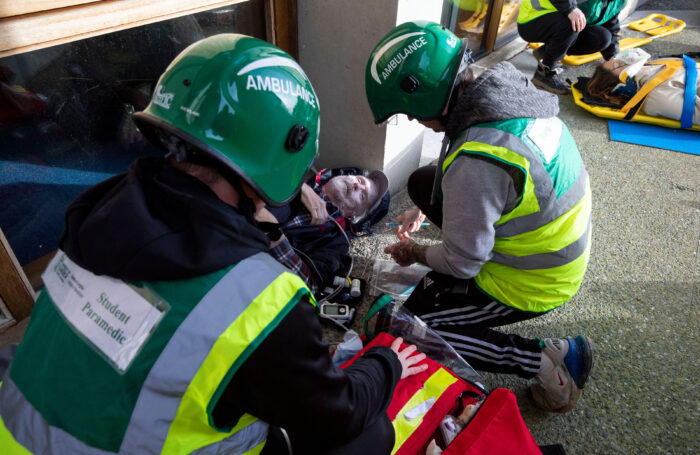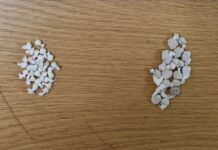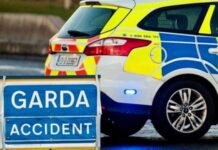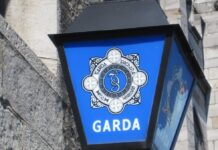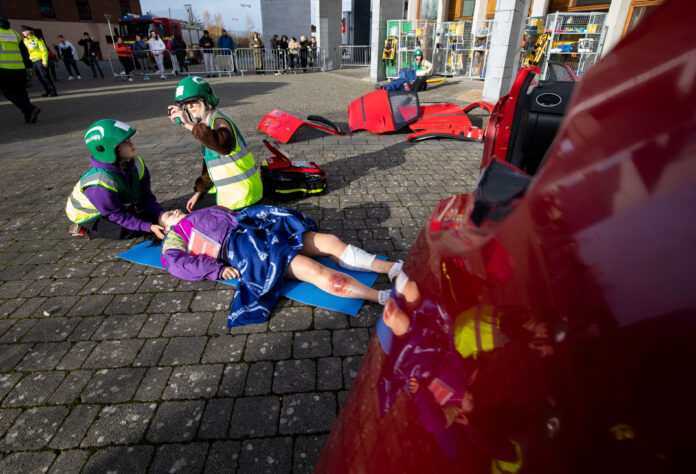
PEOPLE trapped inside a badly damaged vehicle that was about to catch fire after speeding into a crowd of people, many of whom were injured in the collision.
That was the nightmare scenario that unfolded on the University of Limerick north campus this morning as paramedic, nursing and medical students took part in a simulated major incident exercise.
The students were tasked with managing the scene and providing medical assistance while emergency personnel from Limerick Fire and Rescue Service, National Ambulance Service, An Garda Siochána and the army bomb squad also responded to the highly realistic training exercise.
While they had advance notice that the exercise would take place today, the UL students were unaware as to what the scene would entail and so were reacting to the exercise as it unfolded.
The training scenario included a badly damaged vehicle with trapped occupants and a fire starting in the engine; a large number of people who were injured in the incident with various levels of injury and in various levels of distress.
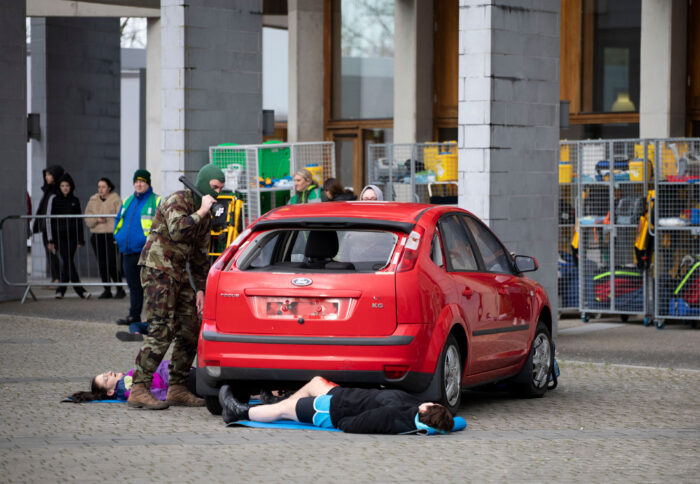
There was also a box with wires protruding from it around 25 metres from the car.
Frank Keane, Senior Clinical Teaching Fellow on the BSc in Paramedic Studies, explained that the outdoor exercise featured a “terrorist scenario”.
“We have a specific way of teaching that involves the concept of problem-based learning,” he explained of the course, which was the first undergraduate paramedic programme in the country when it was launched in 2016.
“We wanted something that would be of value to the students and one of the areas they have to be conversant with is a paramedic response to a major incident. This is a terrorist scenario, where someone has driven a car at speed into a crowd of people before crashing it. There is also a suspicious package near the car and we are mimicking the actual response to this situation”.
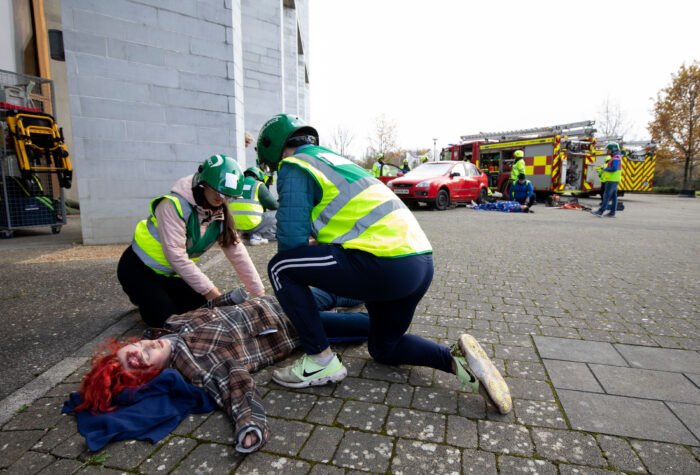
19 students on the BSc in Paramedic Studies responded to the simulated major terrorist event of a car crashing into a group of people.
“The students had five patients in really bad shape and had to prioritise one of them to go on the helicopter, so that requires a judgment call.
“It is about preparing students to face this kind of situation in real life,” said Mr Keane.
